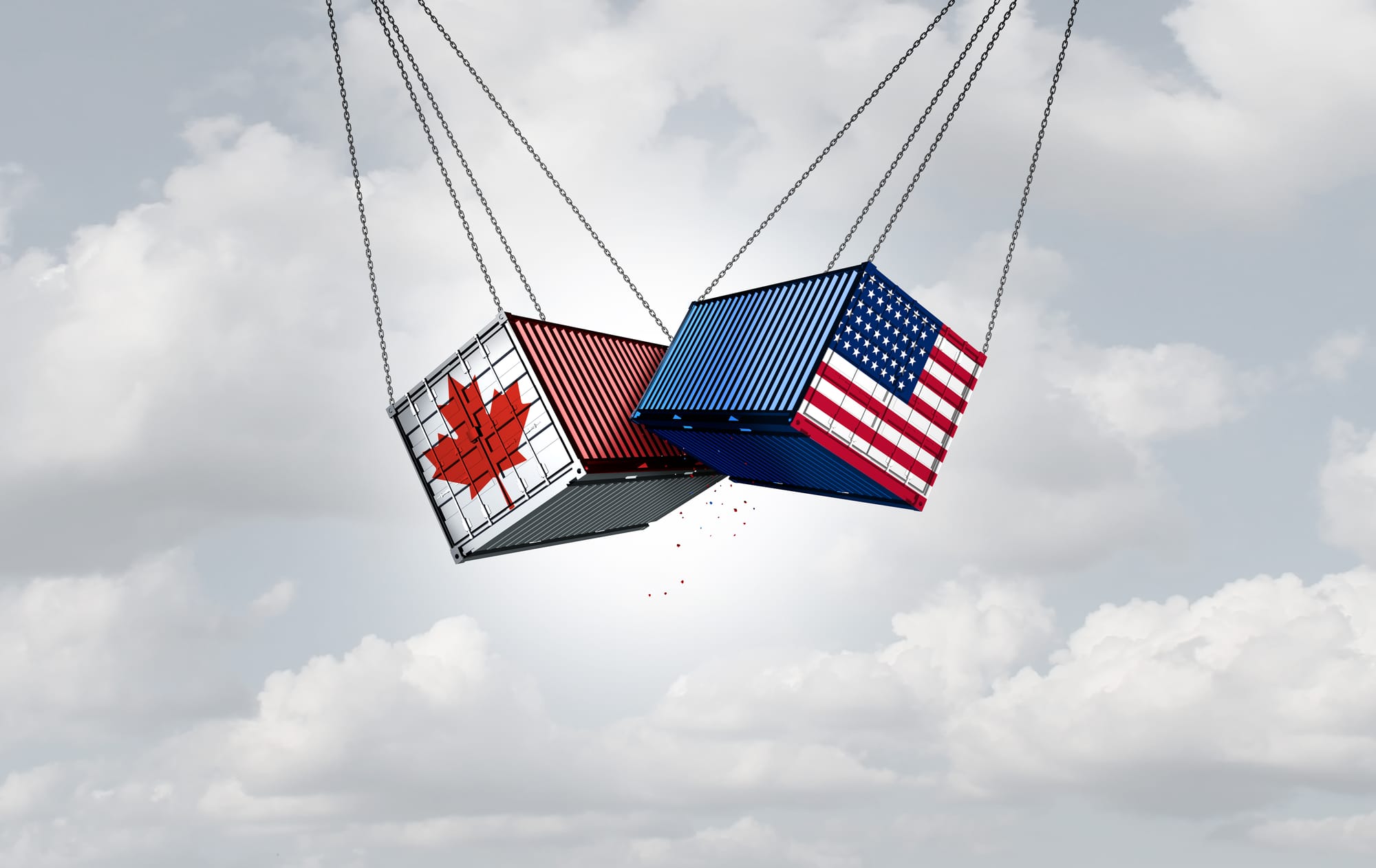Canada's Tariffs: Strategic Responses for U.S. Companies

As global trade evolves, the relationship between Canada and the United States remains pivotal. Recently implemented Canadian tariffs impact a variety of industries in the U.S., prompting businesses to seek strategic measures to mitigate these changes. For U.S. companies affected by Canadian tariffs, adapting to this new trade environment is crucial for maintaining competitive edge and fostering sustainable growth. Below are essential strategies to consider:
1. Understanding the Tariff Structure
Before responding strategically, U.S. companies must fully understand Canada's tariff structure. This involves identifying which goods are affected, the percentage of the tariff, and the reasons behind these tariffs. Staying informed through regular updates from trade associations, government websites, or trade consultants is essential. This knowledge will allow companies to assess the impact on their products and devise appropriate strategies.
2. Exploring Tariff Exemptions and Reductions
Sometimes, tariffs have exceptions or conditions under which they can be reduced or waived. U.S. businesses should investigate if their products qualify for any exemptions and understand the process to apply for the same. Engaging with trade experts or legal advisors to navigate through these exemptions can provide companies a relief or a significant reduction in tariffs.
3. Adjusting Supply Chains
Adjusting the supply chain can minimize the tariff impacts. This could mean sourcing raw materials from other countries with lower tariffs when exporting to Canada or even relocating certain manufacturing processes. It’s important to conduct a cost-benefit analysis to compare the costs associated with tariff payments versus supply chain restructuring.
4. Pricing Strategies
Redesigning pricing strategies can offset tariff costs. This might involve absorbing some of the costs to maintain market share in Canada or passing them onto consumers depending on how price sensitive the market is. Each strategy should be based on detailed market research to determine the best approach that would keep sales stable without sacrificing profit margins.
5. Utilizing Trade Agreements
U.S. companies should leverage existing trade agreements between Canada and the United States, such as the United States-Mexico-Canada Agreement (USMCA). These agreements often provide favorable terms for certain goods and sectors, which can include reduced tariffs. Understanding and utilizing these agreements can be a critical tool for companies looking to minimize trade barriers.
6. Exploring Alternative Markets
If tariffs in Canada are too burdensome, U.S. companies might consider expanding their markets beyond Canada. This could involve strengthening market presence in other countries or exploring new markets altogether. Diversifying the market base helps reduce dependency on any single country and spreads trade risks.
7. Focusing on Value Addition
Enhancing the value of products can sometimes justify the additional cost imposed by tariffs to consumers. U.S companies might focus on increasing quality, adding new features, or improving customer service to enhance the overall product value. This strategy could help maintain demand despite higher prices due to tariffs.
8. Government Lobbying
Engaging in lobbying efforts through industry groups or directly can influence tariff policies. This could be particularly effective if a significant number of stakeholders are affected by the Canadian tariffs. Collective efforts can sometimes lead to negotiation of better trade terms or even the removal of tariffs.
9. Financial Hedging Strategies
Financial tools can be used to hedge against the risk of fluctuating tariff rates. Tools such as futures contracts or options can provide some financial predictability and security. Consulting with financial experts to implement these strategies properly is advised to ensure they align with the company's overall financial planning.
10. Legal Review and Compliance
Lastly, it is vital for companies to conduct regular legal reviews to ensure their tariff response strategies are compliant with both U.S. and Canadian trade laws. Non-compliance can result in heavy fines and legal issues, negating any benefits from other strategies implemented. Partnering with legal advisors who specialize in international trade law is advisable.
In conclusion, U.S. companies must adopt a multifaceted approach to effectively respond to Canada's tariffs. By understanding the tariff structure, exploring exemptions, adjusting supply chains, and utilizing trade agreements, companies can navigate these changes. Additionally, strategies such as market diversification, enhanced product value, lobbying efforts, financial hedging, and ensuring legal compliance play significant roles in overcoming the challenges posed by tariffs. Navigating this complex trade landscape requires careful planning and execution, but with the right strategies, U.S. companies can continue to thrive in the Canadian market.